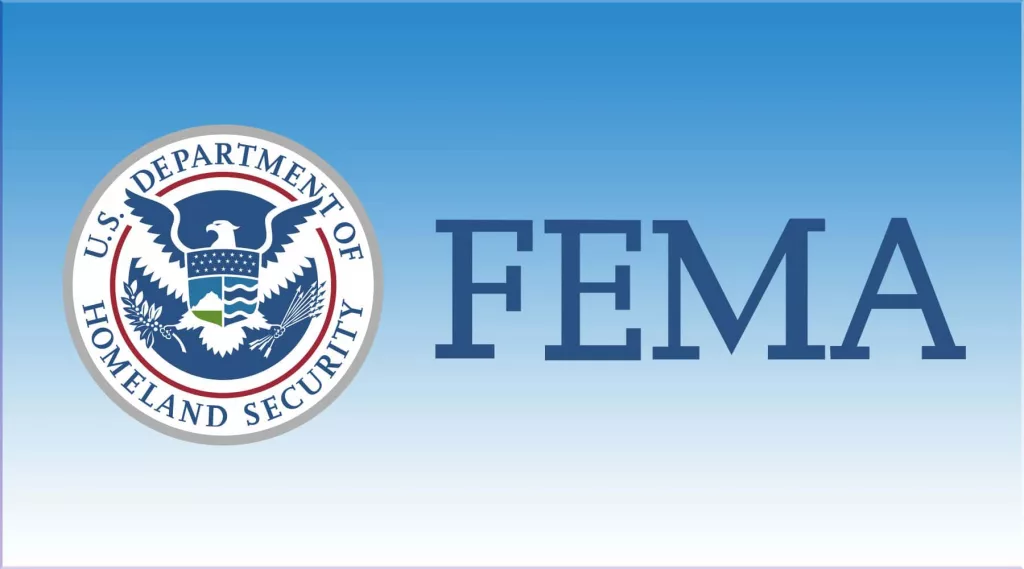As you sit in the teeth-chattering cold of below zero temps and record-setting wind chills, likely the last thing on your mind is, “what if it all melts and starts to flood?” Flooding concerns, in fact, might be the furthest thing from your mind, but the team at FEMA suggests you might want to be thinking about it and get proactive to avoid potential disaster.
After the historic Arctic freeze across much of the Midwest, flooding concerns could become a very real threat by the end of the weekend. With a possible temperature swing of 60 to 70 degrees in many areas by the weekend, the risks of flooding from snow melt, ice jams and water run-off are very real. And those risks will remain a threat as we get closer to the warmer months of Spring.
James Joseph is FEMA Administrator for Region V which encompasses Michigan’s Great Southwest and beyond. He says, “While we are in the middle of the winter season and cold temperatures are on our minds, it’s important to remember that the rapid change in weather and snow melt could lead to dangerous flooding.” He adds, “It’s important for individuals to monitor their local forecast closely and always heed the direction of local officials to stay safe when hazardous weather conditions exist.”
You can take precautions to protect your home, including such things as these:
- Clear snow piles away from your foundation to prevent water seepage indoors when the snow melts.
- Inspect your basement and foundation walls now. Close any foundation cracks with mortar and masonry caulk or hydraulic cement, which expands and fills gaps completely. Seal walls in your basement with waterproofing compounds, making sure floor drains are free of obstructions.
- Remove ice and snow from your home’s drains and gutters and be sure downspouts extend at least two to three feet away from your house. Prevent surface flooding by making sure sewer and stormwater drains are also clear of snow and ice.
- Consider a sump pump for your basement. Sump pumps propel groundwater away from your home and can be an excellent defense against basement seepage and flooding. Choose a battery-operated sump pump in case the power goes out.
- Install backflow valves. Have a licensed plumber install sewer backflow valves for all pipes entering the building to prevent floodwater and wastewater from backing up into your home through toilets, sinks and other drains.
- Contact your insurance agent and make sure you’re properly covered. Most homeowner’s insurance policies don’t cover flood damage and sewer back-up coverage is often an add-on coverage to a homeowner’s policy. Talk to your agent about what policies you may need to financially protect your home.
You can find more information and tips on being ready for the dangers of flooding at www.ready.gov/flood and learn more about your flood insurance options by visiting www.floodsmart.gov.






